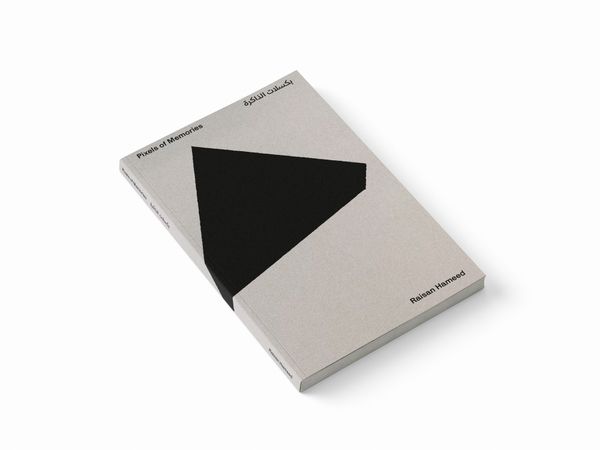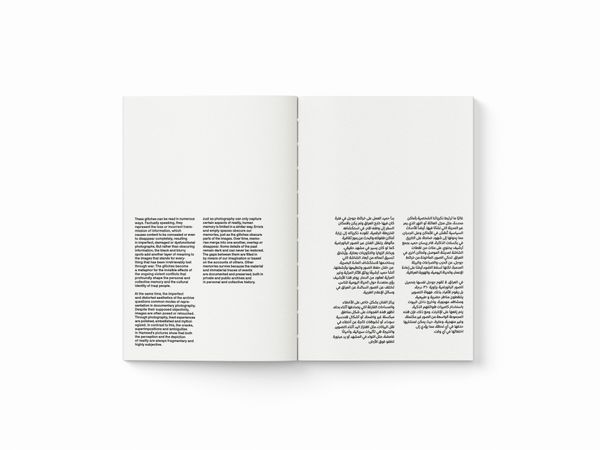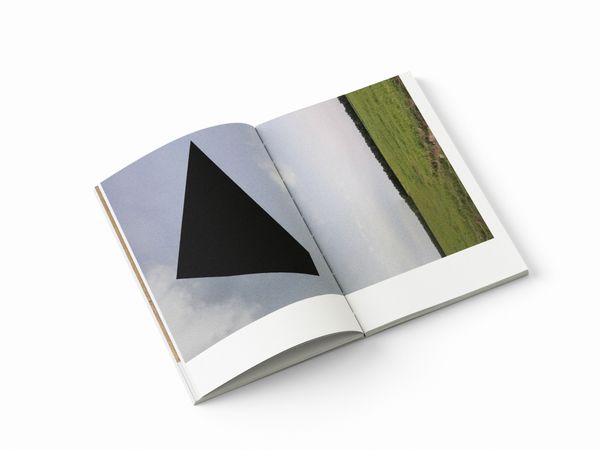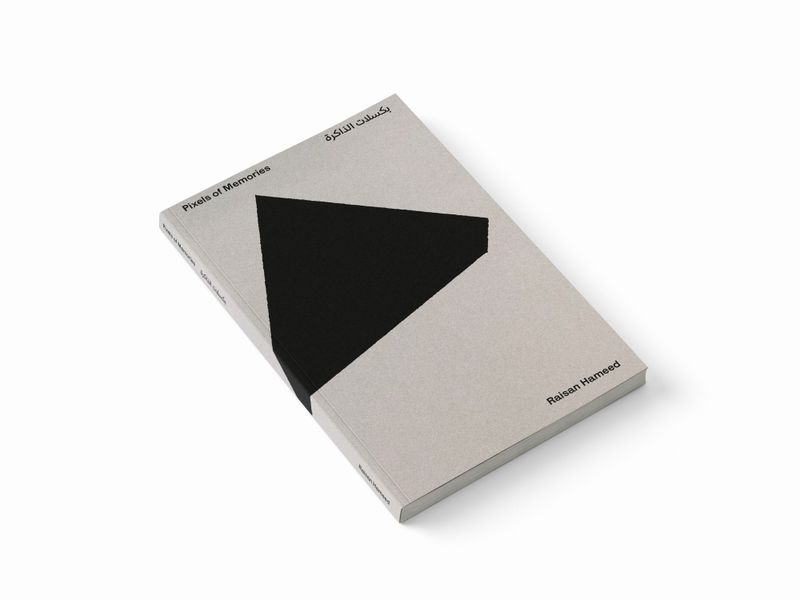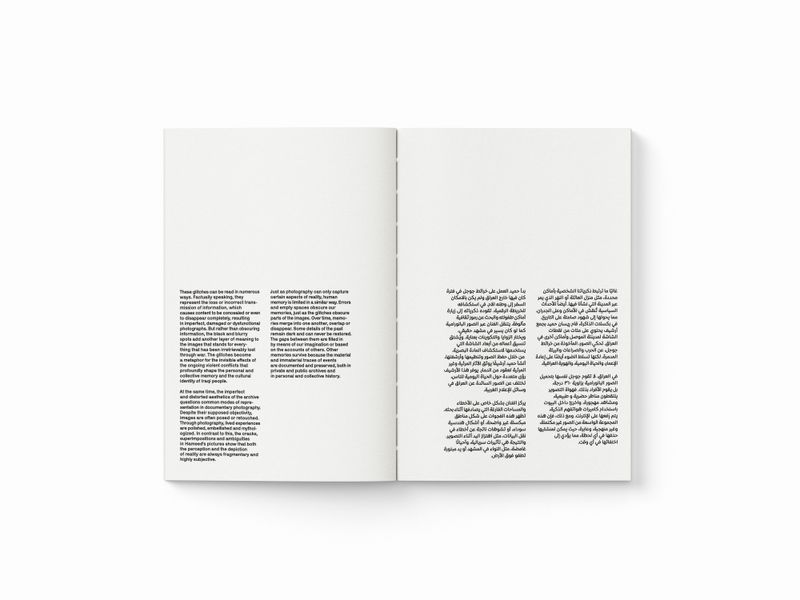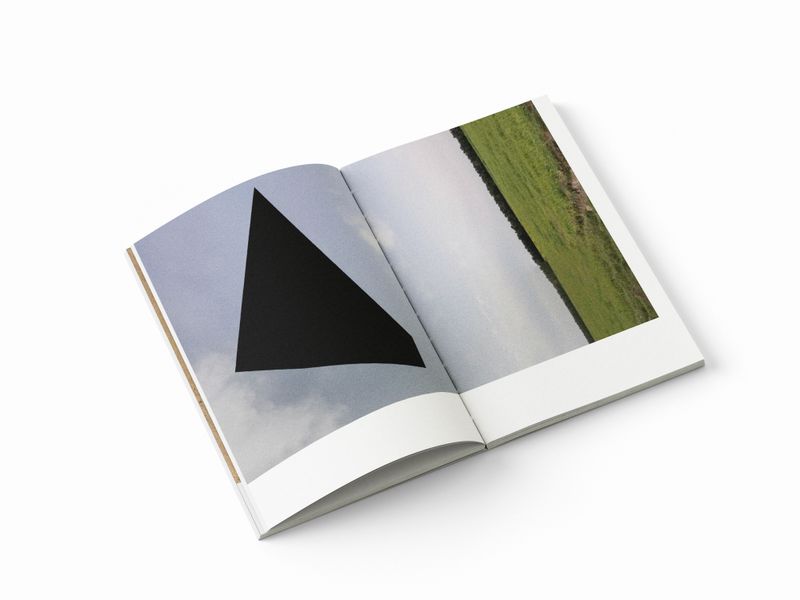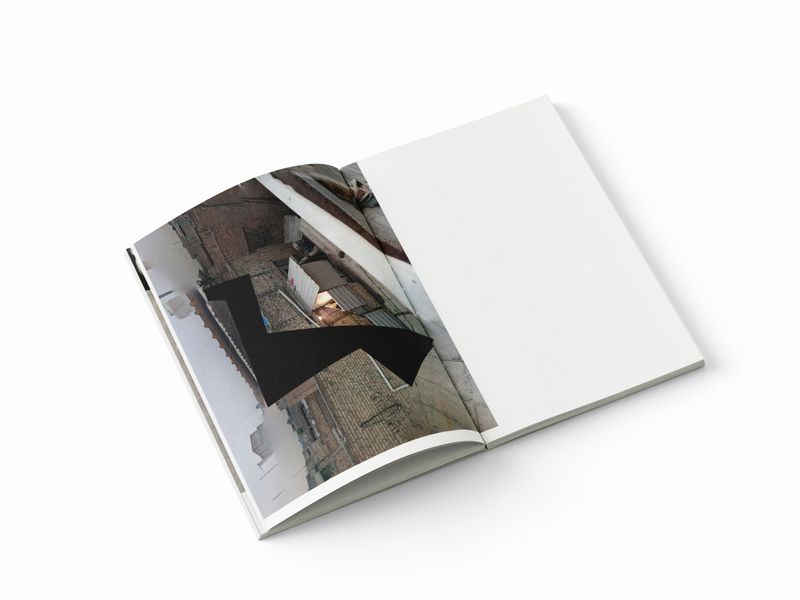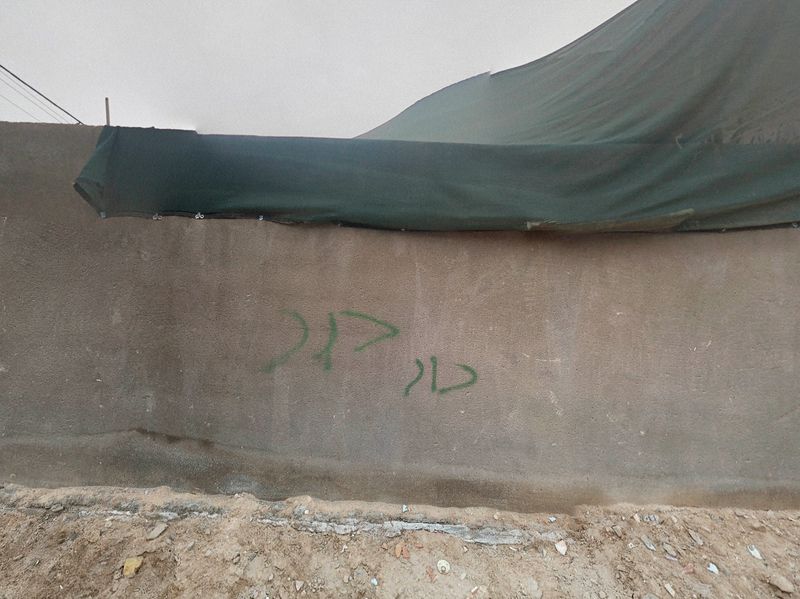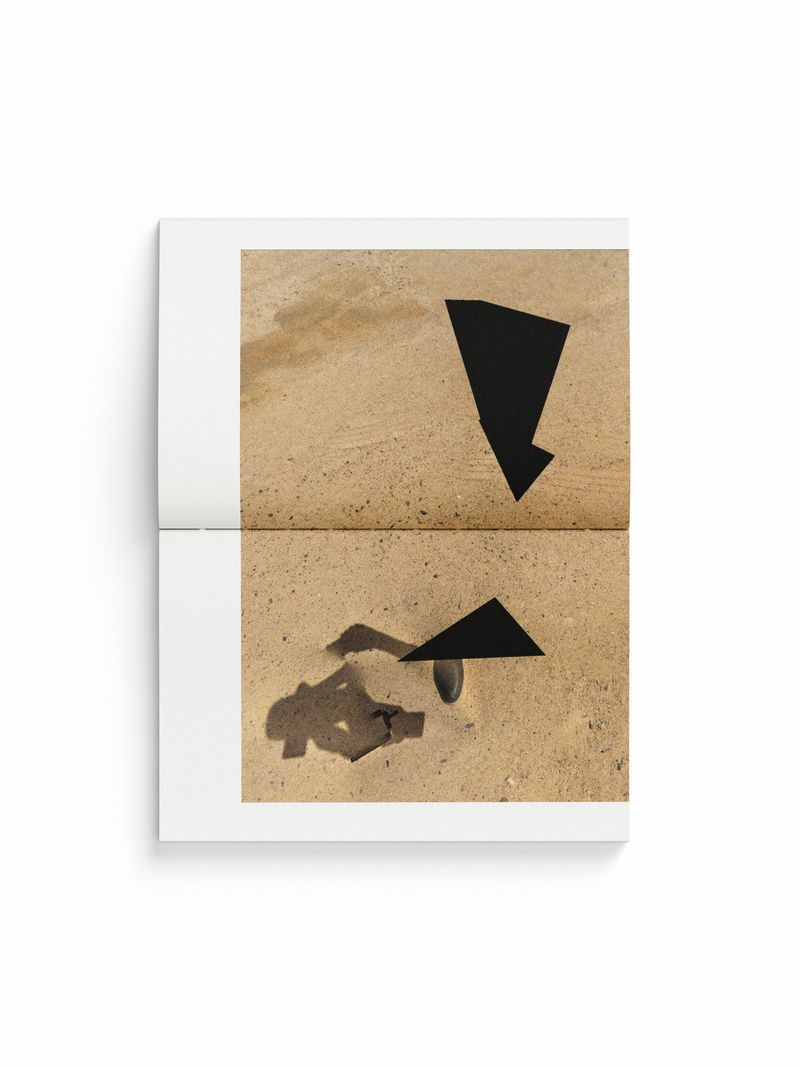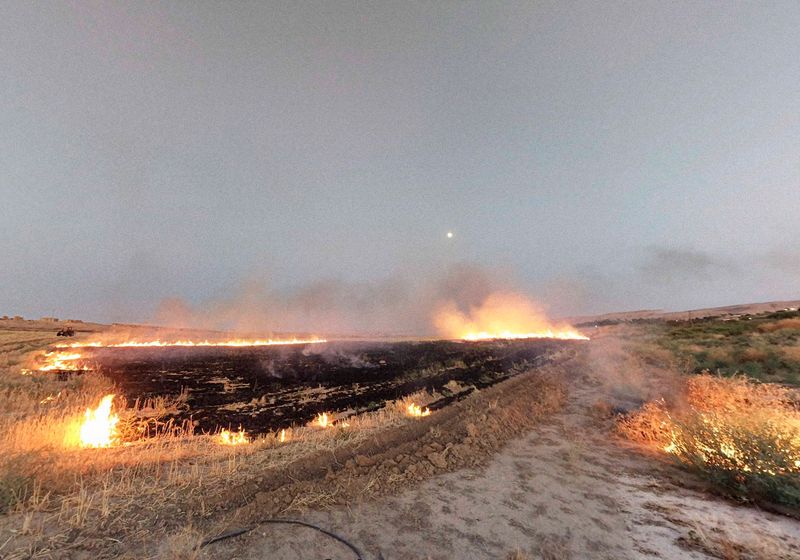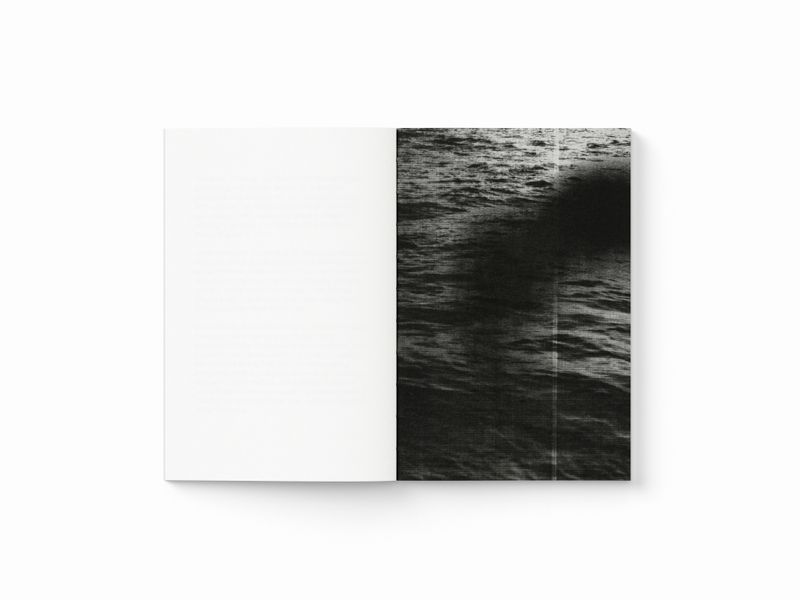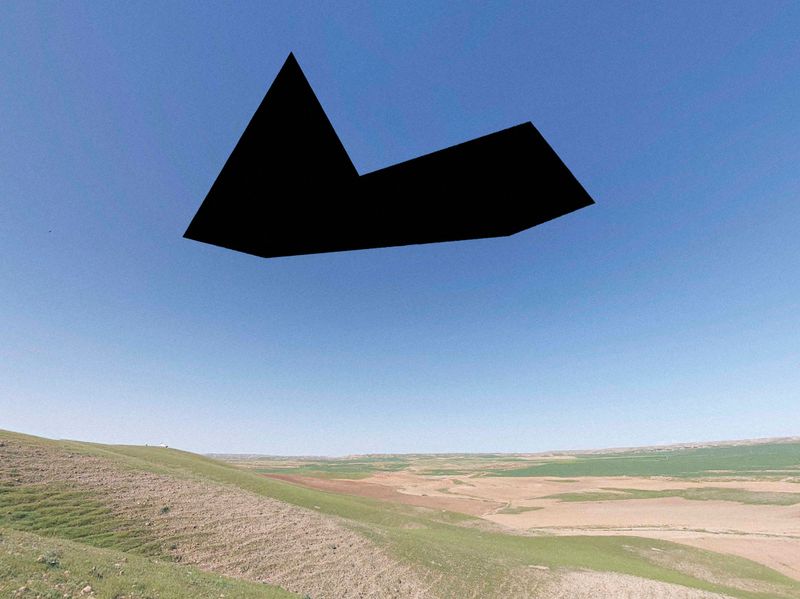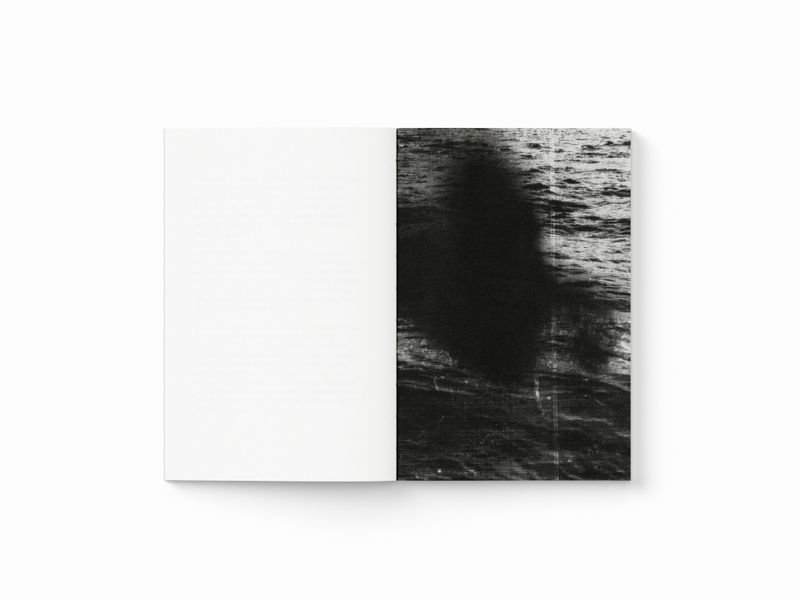Pixels of memories بكسلات الذاكرة
-
Author
-
PublisherSelf-published
-
DesignerAnna Breit
-
Price130
-
Link
-
Pages180
-
Dimensions28,4 x 17 x 1.5 cm
-
PublishedMarch 2025
The book Pixels of Memories بكسلات الذاكرة reflects on memory, loss, and unseen history. Using Google Maps views of Iraq, Hameed builds an archive of screenshots, focusing on glitches, gaps, and fragments that become testimonies of hidden memory.
The book project Pixels of Memories بكسلات الذاكرة combines conceptual reflections on memory, destruction and the invisibility of history. The book takes up this visual language and creates a fragment of memories, image errors and gaps. It becomes a space of testimony and reflection in which viewers must decipher the layers of images and their meaning. Hameed has scoured the entire map of Iraq on Google Maps and compiled an archive of hundreds of screen shots. In Iraq, the 360-degree views are not uploaded to the platform by the company itself, but by private individuals. Hameed is particularly interested in the errors and gaps he comes across during his research.
Text von Hanar Hupka:
Our personal memories are often linked to specific places, such as our parents' house or the river that flows through the city we grew up in. Political events are also inscribed into places, turning them into silent witnesses of history. In Pixels of Memories, Raisan Hameed has compiled an archive of hundreds of screenshots of his hometown Mosul and other places in Iraq. The images collected from Google Maps tell of war, conflict and the destruction of the environment, but also of reconstruction, everyday life and identity.
In Iraq, the 360-degree views are not uploaded to the platform by Google itself, but by private individuals. It is amateur photographers who capture urban sceneries, deserted landscapes and private interiors with their smartphone cameras and upload them to the internet. The extensive collection of images is at the same time incomplete, unsystematic and ephmeral, as uploads can be removed by their creators and disappear at any time.
Hameed started working with Google maps at a time when he was abroad and could not travel to Iraq himself. In his exploration of the digital map, he is guided by memories to revisit places from his childhood and search for familiar cultural codes. The artist navigates through the photospheres as though he were moving through a landscape, choosing motifs, angles and sections. The format is derived from the dimensions of the screen through which he approaches the material. By saving, organizing and storing the images, Hameed has created an archive that documents the visible and invisible traces of decades of destruction. The archive offers insights into people's everyday lives from multiple perspectives that differ from the dominant depictions of the country in Western media.
The artist is particularly interested in the errors and empty spaces he comes across during his research. They appear as pixelated areas, black geometric shapes or distortions that are caused by errors in data transfer, for example due to shaky hand movements during recording. As a result, surreal, sometimes even uncanny effects occur, such as a bend in the landscape or a disembodied hand hovering above the ground.
These glitches can be read in numerous ways. Factually speaking, they represent the loss or incorrect transmission of information, which causes content to be concealed or even to disappear completely, resulting in imperfect, damaged or dysfunctional photographs. But rather than obscuring information, the black and blurry spots add another layer of meaning to the images that stands for everything that has been irretrievably lost through war. The glitches become a metaphor for the invisible effects of the ongoing violent conflicts that profoundly shape the personal and collective memory and the cultural identity of Iraqi people.
At the same time, the imperfect and distorted aesthetics of the archive questions common modes of representation in documentary photography. Despite their supposed objectivity, images are often posed or retouched. Through photography, lived experiences are polished, embellished and mythologized. In contrast to this, the cracks, superimpositions and ambiguities in Hameed's pictures show that both the perception and the depiction of reality are always fragmentary and highly subjective.
Just as photography can only capture certain aspects of reality, human memory is limited in a similar way. Errors and empty spaces obscure our memories, just as the glitches obscure parts of the images. Over time, memories merge into one another, overlap or disappear. Some details of the past remain dark and can never be restored. The gaps between them are filled in by means of our imagination or based on the accounts of others. Other memories survive because the material and immaterial traces of events are documented and preserved, both in private and public archives and in personal and collective history.
